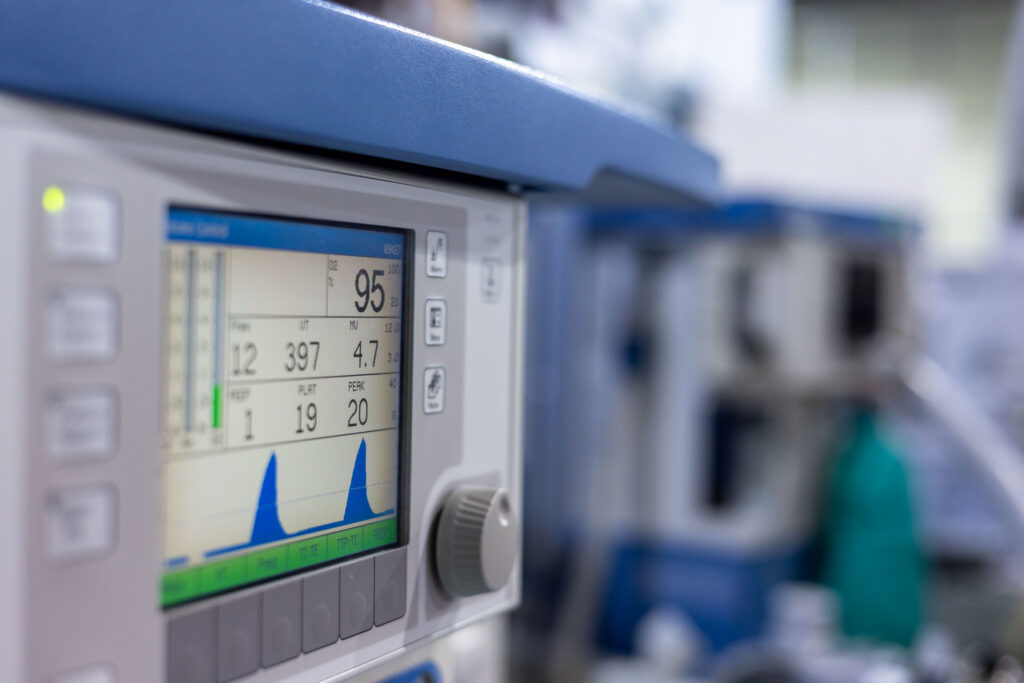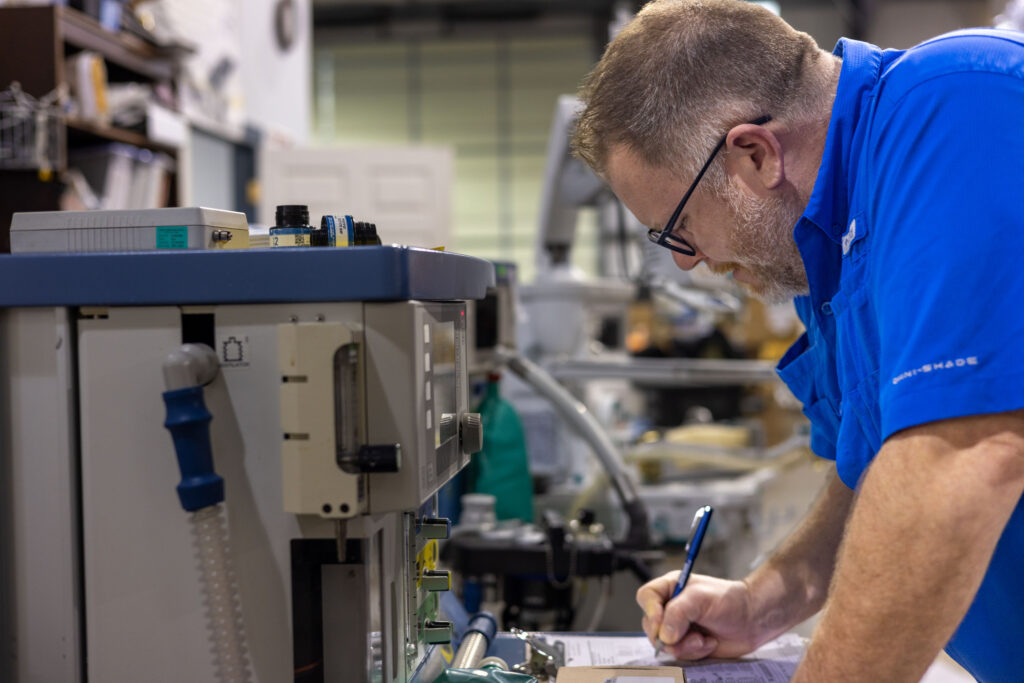Anesthesia machine as a whole has evolved significantly.
History of Anesthesia Machines
For an anesthetist, the anesthesia machine is one of the most essential tools as it forms their primary workstation. Following the introduction of anesthesia by WTG Morton in 1846, anesthesiologists worked without a machine for quite a number of years. However, once both nitrous oxide and oxygen became available in cylinders as compressed gases, the anesthesia machine became a necessity. One of the first anesthesia machines was introduced by Henry Edmund Gaskin Boyle in 1917, known colloquially as Boyle’s Machine. Today, technological advances have made a number of variations possible, such as the GE anesthesia machines, and the Datex Ohmeda anesthesia machine.
How Does an Anesthesia Machine Work?
The basic function of the machine itself is to deliver a mixture of gas to the patient. However, this mixture must be in administered in a very precise composition, which varies with each individual. It has three basic functions. The first is the provision of adequate amounts of oxygen to the patients. Next is the mixing of the anesthetic gases and vapors that have to be administered to patients in accurate quantities. The third function of the anesthetic machine is to enable ventilation for patients to whom the anesthesia is being administered. Lastly, the anesthesia machine works to minimize as much as possible the risks to both patients and staff.
What Does the Anesthesia Machine Consist Of?
Anesthesia machines has, of course, been designed to deliver its basic functions. It consists of cylinders or pipelines that help in the process of delivering pressurized gases to the anesthesia machine. The machine itself controls the flow of these pressurized gases and then passes them through a vaporizer. As a result, a mixture is formed. The breathing circuit present within the anesthesia machine delivers this mixture to the patient undergoing treatment. In order to do all this, there are many parts involved.
However, the overall machine can be split up into three parts. The first is a high-pressure system. This is the part that receives gases from cylinders, hence, at cylinder pressure. It reduces the pressure from the level that prevails in the gas cylinders, helping to regulate the pressure thereby making it more constant. The second part is the one pertaining to an intermediate pressure system. The role of this intermediate pressure system is to take gases from the pipelines of the hospital, or the regulator, and transport them to the O2 flush valve, or flow meters. The last part is the low-pressure system. It contains the vaporizers. The low-pressure system is the part that takes gases to the machine outlet from the flow meters.
Today, the anesthesia machine has become quite complex, including a veritable array of components that are electrical, mechanical, and computer-controlled. All of these aid user convenience and heighten patient safety.
Bottom Line
While the anesthesia machine as a whole has evolved significantly, the basic functions haven’t changed much since the original Boyle machine. Every change that has subsequently been introduced has only been an improvement for the sake of higher levels of patient safety. Every anesthetist ought to be aware of the anesthesia machine parts as well as the way in which they operate for safe conduct.
"*" indicates required fields



